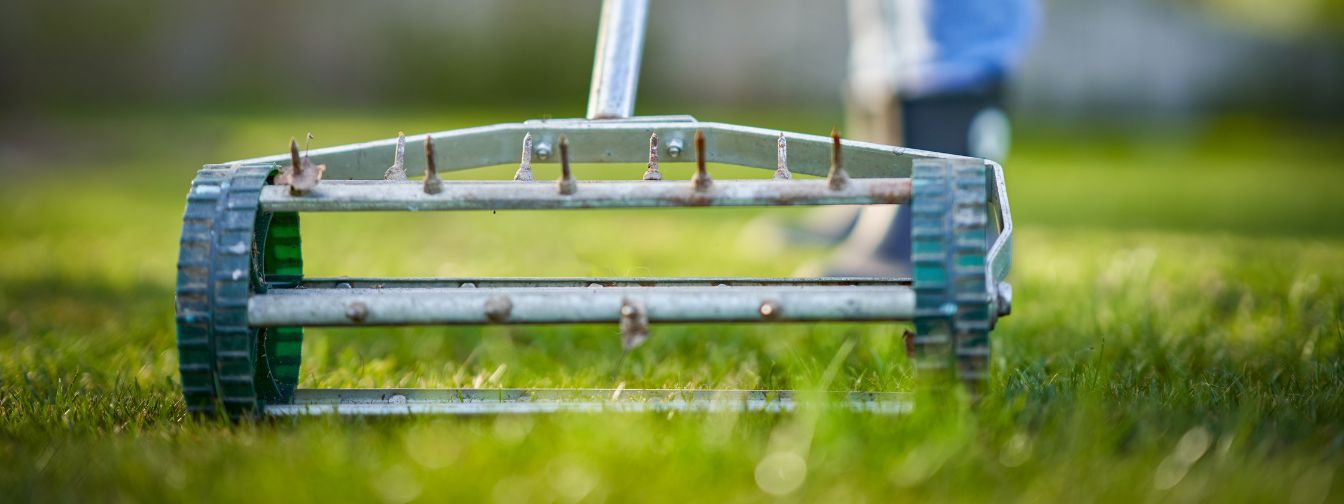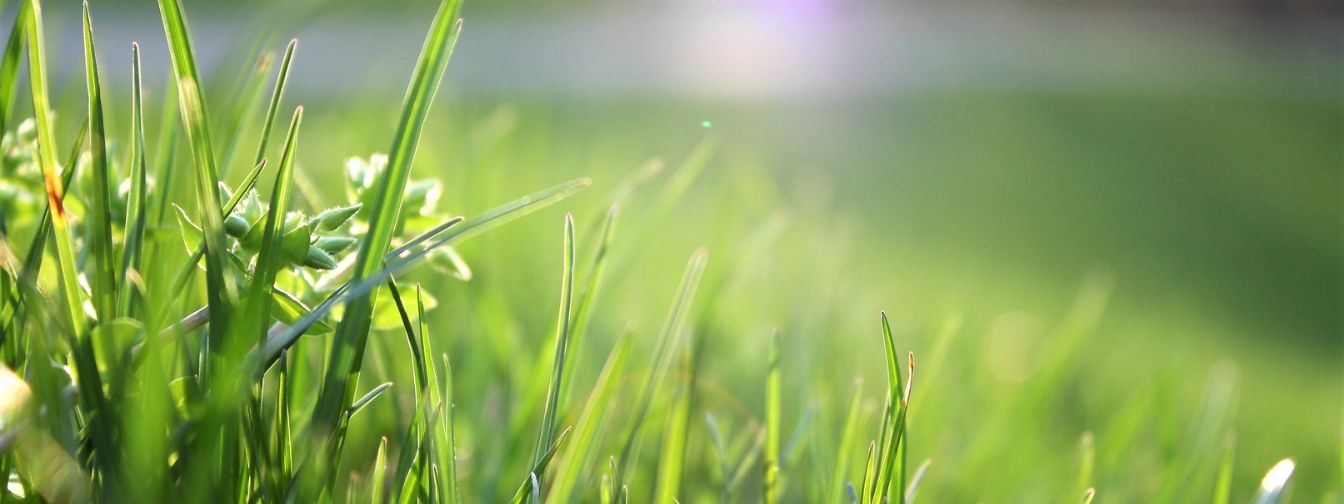
Transform Your Yard: Essential Baltimore Lawn Care Tips
Lawn Aeration: The Secret to a Thriving Baltimore Lawn
Is your Baltimore lawn struggling to stay lush and healthy? Lawn aeration could be the game-changer you need. This essential practice revitalizes your yard by improving soil health, enhancing root growth, and making your green lawn more resilient to pests, drought, and disease.
In this guide, we'll cover everything you need to know about lawn aeration, including the best techniques for Baltimore lawn care, optimal timing, and complementary lawn maintenance strategies. Plus, we’ll debunk common aeration myths and provide expert insights to help you make informed decisions for a healthier, vibrant lawn.
What Is Lawn Aeration and Why Does Your Baltimore Lawn Need It?
Lawn aeration involves perforating the soil with small holes to allow air, water, and nutrients to penetrate deep into the root zone. Over time, factors like foot traffic, heavy rainfall, and snow compaction can lead to dense, compacted soil, preventing proper germination and grass growth.
By aerating your landscape, you relieve soil compaction, promote deeper root development, and create the ideal conditions for thick, vibrant sod.
Signs Your Lawn Needs Aeration
Not sure if your lawn needs aeration? Look for these indicators:
Compacted Soil – If the soil feels hard and dense, roots may struggle to absorb nutrients.
Thinning Grass – Patchy or slow-growing sod often signals poor nutrient absorption.
Pooled Water – Excess runoff or puddling after rain can mean poor drainage.
Excessive Thatch – A thick layer of organic matter at the soil surface can suffocate your lawn.
When to Aerate Your Baltimore Lawn
Timing is crucial for successful aeration. The best seasons to aerate in Maryland are:
Spring (March to May) – Encourages strong root growth before summer heat stress.
Fall (September to November) – Prepares the lawn for winter dormancy and spring growth.
Avoid aerating during extreme summer heat or when the soil is excessively wet or dry, as these conditions can hinder the aeration process and grass recovery.
Best Lawn Aeration Techniques for Baltimore Landscapes

Different aeration methods offer varying benefits. Here’s how to choose the right one:
Core Aeration (Recommended)
Uses a specialized core aerator, which removes small plugs of soil to relieve compaction.
Creates deeper pathways for nutrients, water, and air.
Best for lawns with heavy clay soil or high foot traffic.
Spike Aeration
Uses solid spikes to create small holes in the soil.
Less effective than core aeration, as it compacts soil around the holes rather than removing it.
Better suited for light aeration maintenance rather than major compaction issues.
DIY vs. Professional Aeration
DIY: Renting a lawn aerator can be cost-effective, but it requires proper technique and effort.
Professional Lawn Care Services: Ideal for larger lawns or severe compaction issues, as experts use commercial-grade equipment for deeper aeration.
How to Maximize Aeration Results
Aeration is most effective when combined with other essential lawn care services. Here’s how to boost your lawn’s health after aeration:
Fertilization After Aeration
Right after aeration, apply a high-quality, slow-release fertilizer. This ensures nutrients penetrate deep into the soil, fueling root development and germination.
Watering for Recovery
Post-aeration irrigation helps loosen the soil and aids seed germination. Water deeply but avoid overwatering, which can lead to fungal diseases.
Weed Control Strategies
Aeration creates openings in the soil, which can also allow broadleaf weeds to take hold. Use a pre-emergent herbicide to prevent unwanted growth while strengthening your lawn.
Overseeding for Thick Turf
After aeration, overseeding fills in bare spots and promotes denser grass coverage. Choose a grass seed blend suited for Maryland’s climate for the best results.
Debunking Common Lawn Aeration Myths
Many homeowners misunderstand aeration, leading to missed opportunities for lawn improvement. Let’s set the record straight:
Myth #1: Aeration Should Be Done Annually
Truth: The frequency of aeration depends on soil type and lawn conditions. Local lawn care professionals may recommend twice a year aeration for high-traffic lawns.
Myth #2: Aeration Damages Your Lawn
Truth: While your yard may look rough immediately after aeration, the benefits far outweigh the temporary disruption. Within a few weeks, grass grows back thicker and healthier.
Myth #3: Any Aeration Equipment Works
Truth: Core aerators are significantly more effective than spike aerators. Choosing the right lawn care tools makes a major difference in results.
Myth #4: Aeration Eliminates Thatch
Truth: While aeration helps break down organic matter, it doesn’t completely remove thatch. Combining aeration with raking, mulching, and compost application can further improve your lawn.
Final Thoughts: Invest in Aeration for a Healthier Lawn

Lawn aeration is an essential practice for maintaining a lush, resilient Baltimore lawn. By relieving soil compaction, aeration allows vital nutrients, water, and air to reach the grass roots, ensuring a stronger and greener yard.
Pair aeration with proper fertilization, irrigation, pest control, and weed control to maximize its impact. Whether you DIY or hire a professional lawn care service, regular aeration is the key to a thriving landscape.
Ready to transform your lawn? Contact HMD Landscaping for expert Baltimore lawn care services today!
